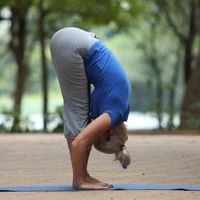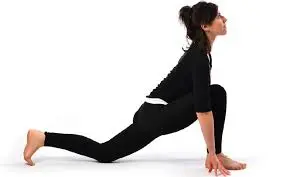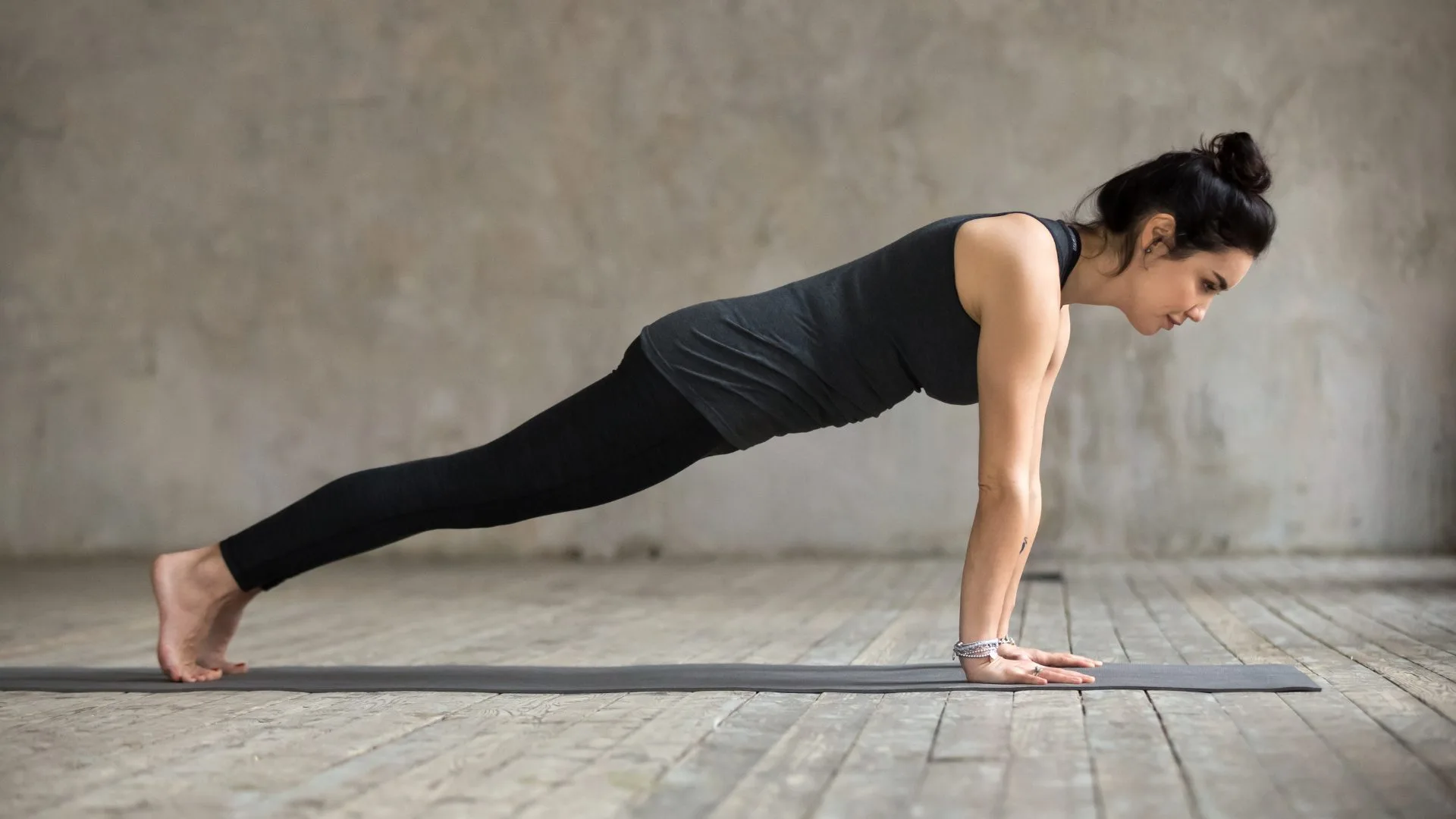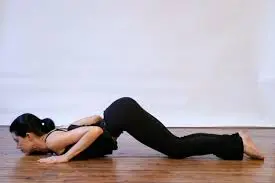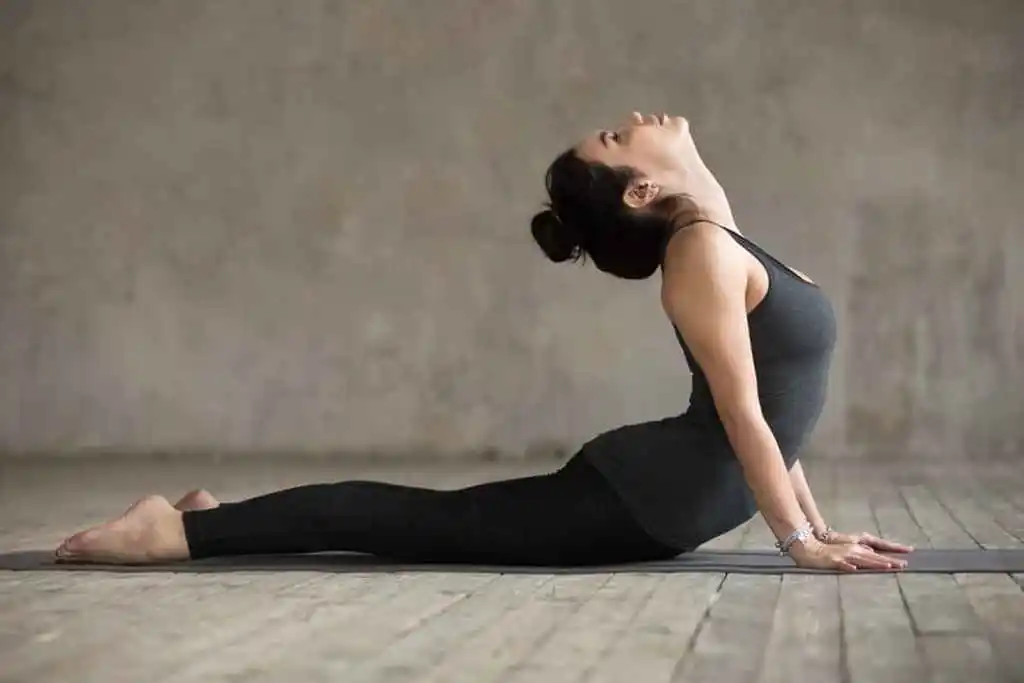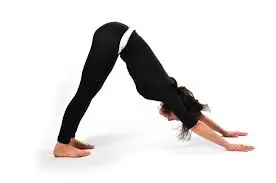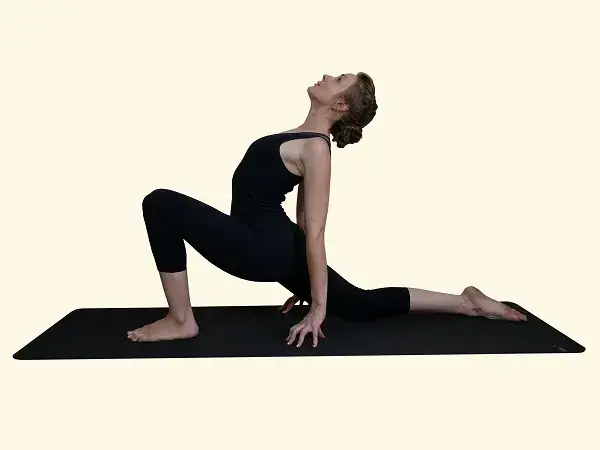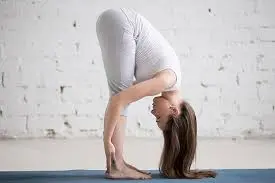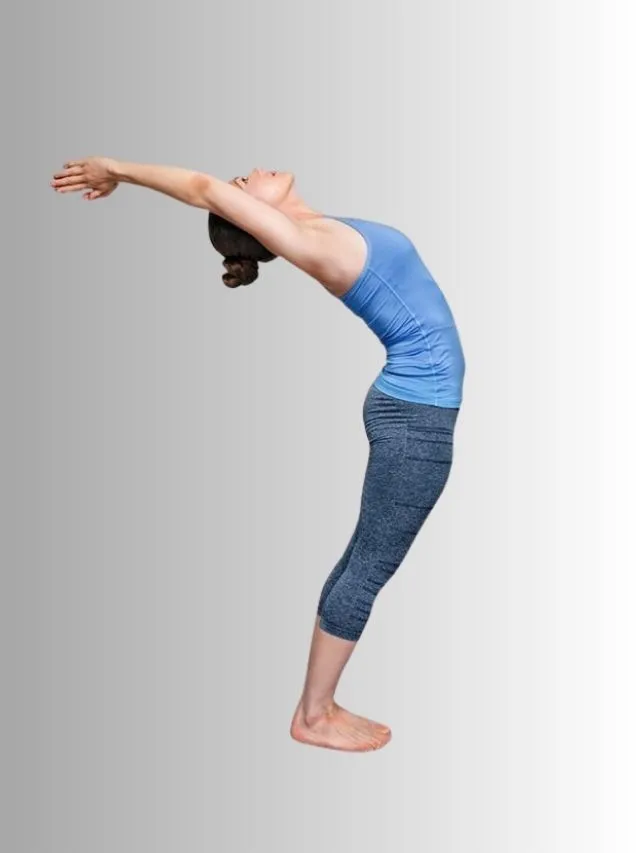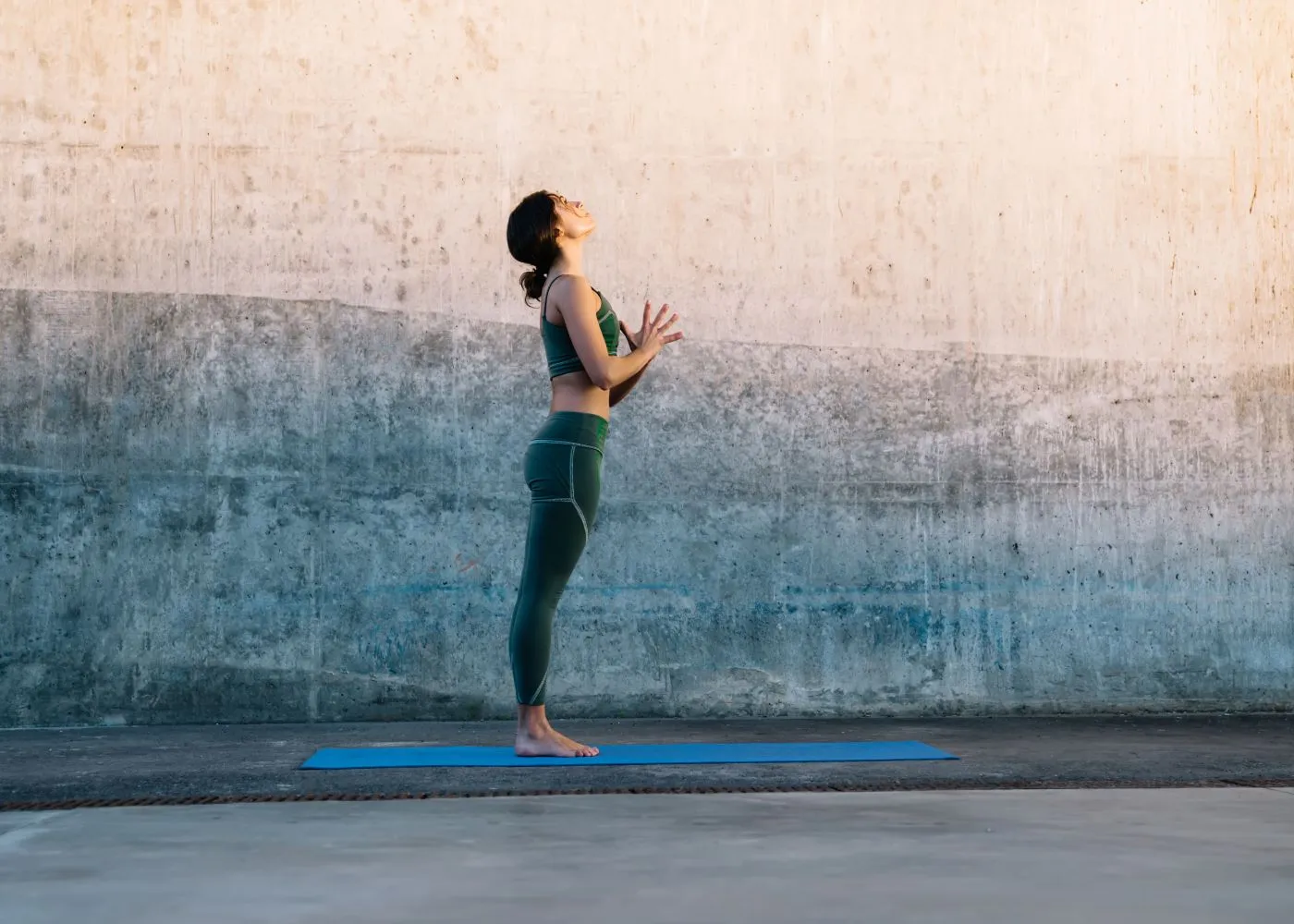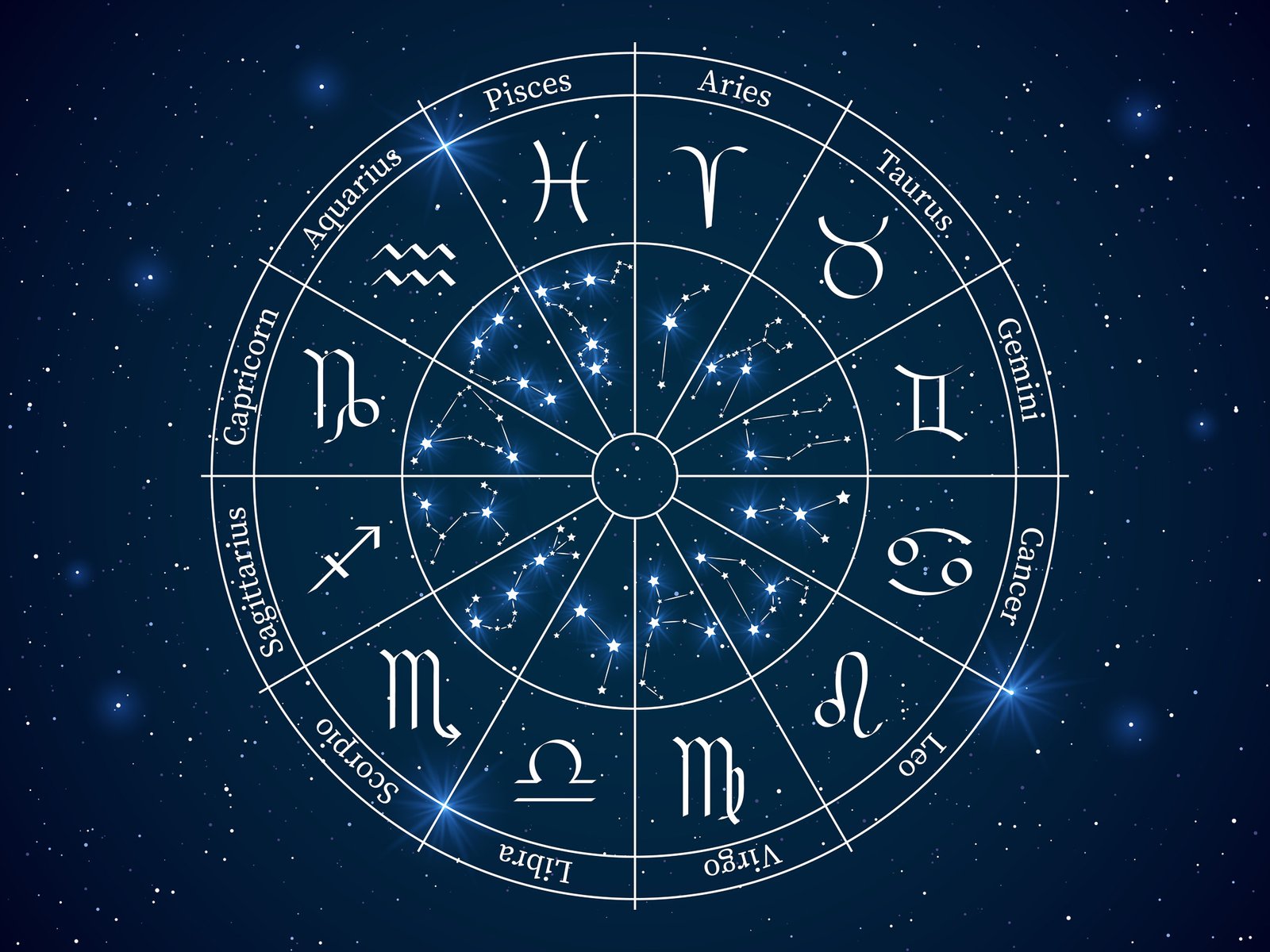Did you know that the 12 poses in Surya Namaskar Poses correspond to the 12 signs of the zodiac? That’s right, this ancient yoga practice is not just about stretching and strengthening your body – it is a symbolic dance that mirrors the movements of the cosmos. Each pose targets specific energy centers in the body, aligning them with the corresponding zodiac sign’s influence.
Now you might wonder, how can a series of gentle, flowing movements rival the intensity of a heart-pounding run? Well, that is the beauty of Surya Namaskar Poses it seamlessly blends strength, flexibility, and mindfulness into a single, dynamic practice.
In this article, we are diving deep into the world of Surya Namaskar Poses, exploring its types of surya namaskar,12 poses of surya namaskar,surya namaskar images, benefits of Surya namaskar, practice tips of surya namaskar poses, Common Mistakes in 12 poses of Surya namaskar.
Contents
- 1 Origin of Surya Namaskar Poses
- 1.1 Types of Surya Namaskar
- 1.2 Difference Between Types of Surya Namaskar and Surya Namaskar Poses
- 1.3 12 Poses of Surya Namaskar
- 1.3.1 Pranamasana (Prayer Pose):
- 1.3.2 Hastauttanasana (Raised Arms Pose)
- 1.3.3 Hasta Padasana (Hand to Foot Pose)
- 1.3.4 Ashwa Sanchalanasana (Equestrian Pose):
- 1.3.5 Dandasana (Plank Pose)
- 1.3.6 Ashtanga Namaskara (Eight-Limbed Pose)
- 1.3.7 Bhujangasana (Cobra Pose):
- 1.3.8 Parvatasana (Mountain Pose):
- 1.3.9 Ashwa Sanchalanasana (Equestrian Pose):
- 1.3.10 Hasta Padasana (Hand to Foot Pose):
- 1.3.11 Hastauttanasana (Raised Arms Pose):
- 1.3.12 Pranamasana (Prayer Pose):
- 1.4 Surya Namaskar Mudra
- 1.5 12 Poses of Surya Namaskar According to Zodiac Signs
- 1.6 Conclusion
Origin of Surya Namaskar Poses
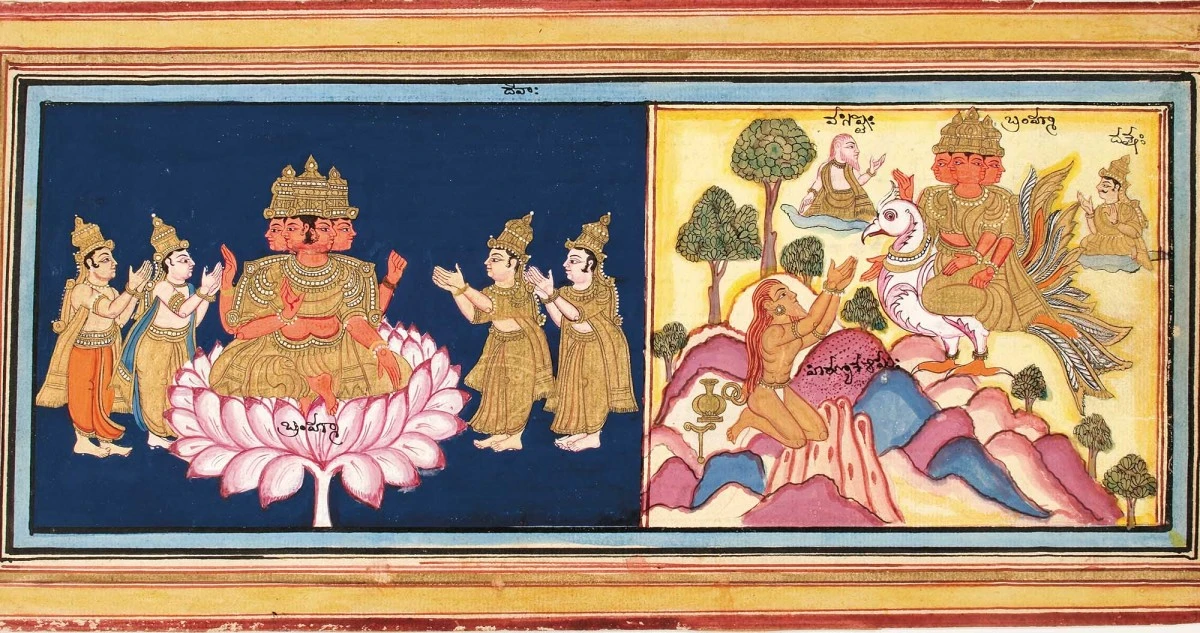
20th-Century Evolution: Another theory proposes that the specific sequence of poses comprising the modern Surya Namaskar Poses we practice today evolved in the early 20th century. During this time, influential figures such as Bhawanrao Shriniwasrao Pant Pratinidhi, and the Rajah of Aundh, played a pivotal role in popularizing and potentially refining the practice. Through his efforts, the practice gained prominence and began to spread beyond the confines of ancient rituals into mainstream yoga culture.
Read Other Blog :- Kapalbhati Pranayama Steps
Types of Surya Namaskar
- Traditional Surya Namaskar: This is the classical form of Surya Namaskar Poses consisting of 12 poses of surya namaskar performed successively. It incorporates a balanced combination of forward bends, backward bends, and stretches, offering a comprehensive workout for the entire body.
- Slow Surya Namaskar: In this variation, each pose is held for a longer duration, allowing for deeper stretching and relaxation. Slow Surya Namaskar is ideal for beginners or those looking to cultivate mindfulness and awareness in their practice.
- Dynamic Surya Namaskar: Dynamic Surya Namaskar Poses involves moving through the poses at a faster pace, synchronizing each movement with the breath. This variation increases the cardiovascular benefits of the practice and promotes agility and coordination.
- Power Surya Namaskar: Power Surya Namaskar is characterized by adding variations or challenging modifications to the traditional sequence. This may include incorporating advanced yoga poses such as handstands or balancing postures to enhance strength and stamina.
- Pranayama-focused Surya Namaskar: In the context of yoga, particularly in sequences like the 7 types of pranayama the emphasis lies in synchronizing breath with movement. This approach enhances the meditative quality of the practice, fostering deep relaxation and inner peace. Throughout the sequence, practitioners maintain a focus on deep, rhythmic breathing, which not only complements the physical postures but also aids in calming the mind and centering oneself.



